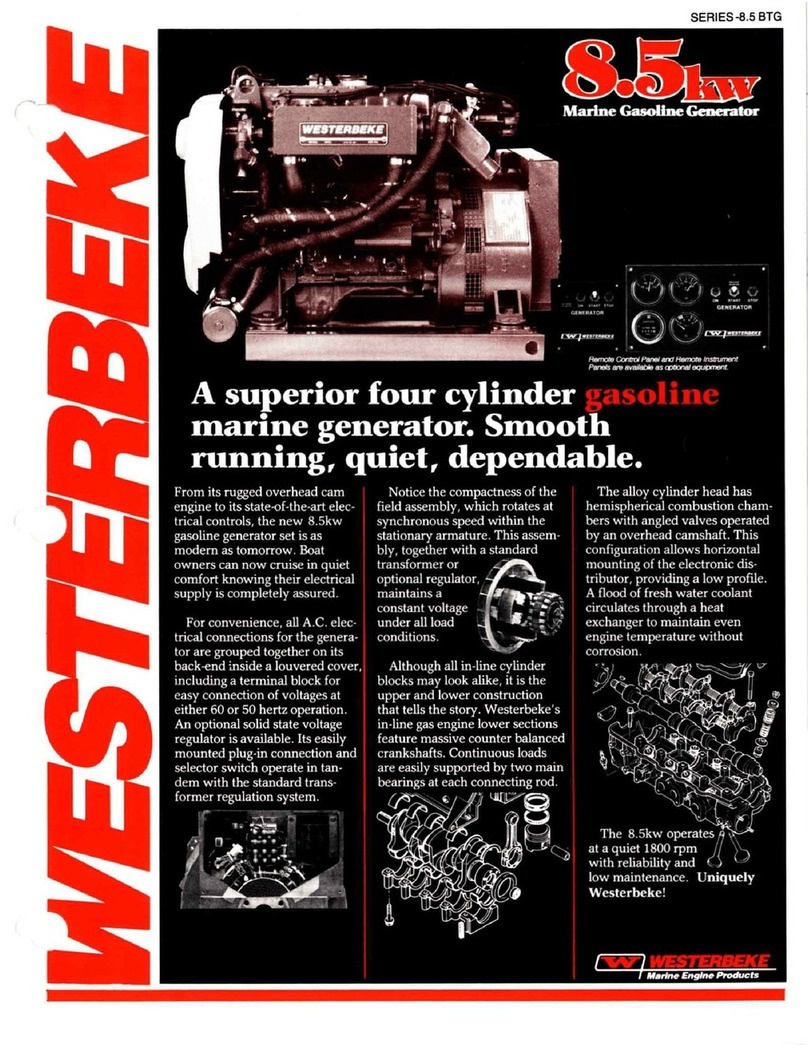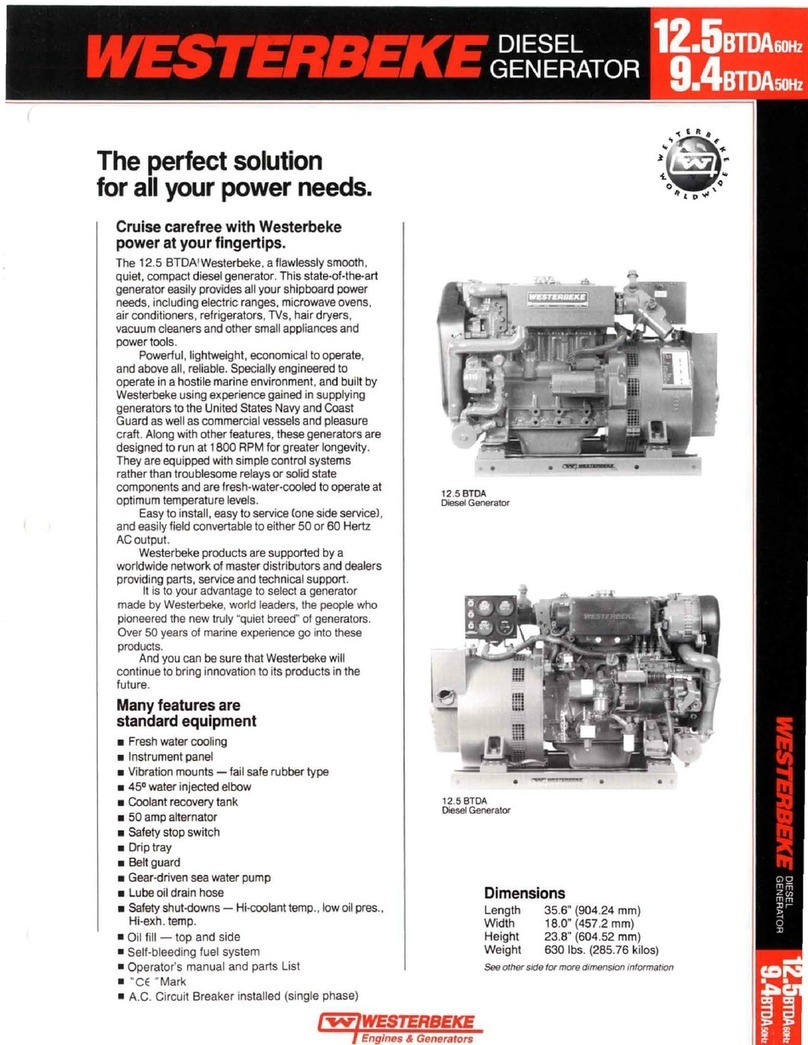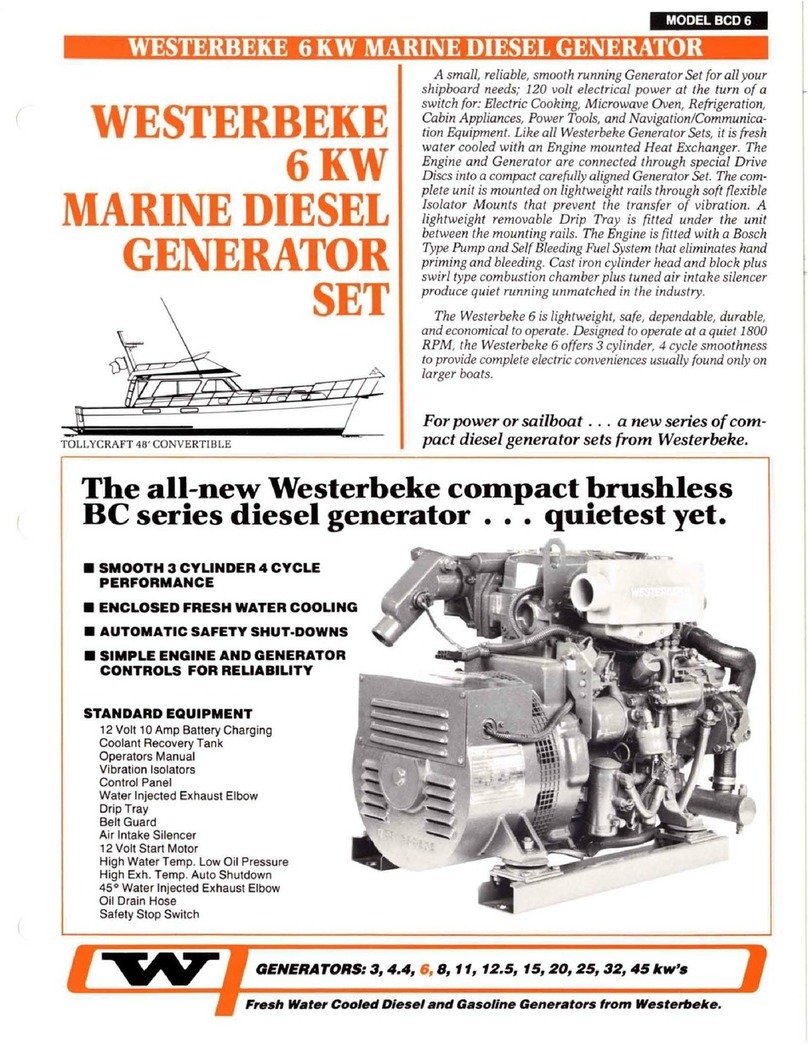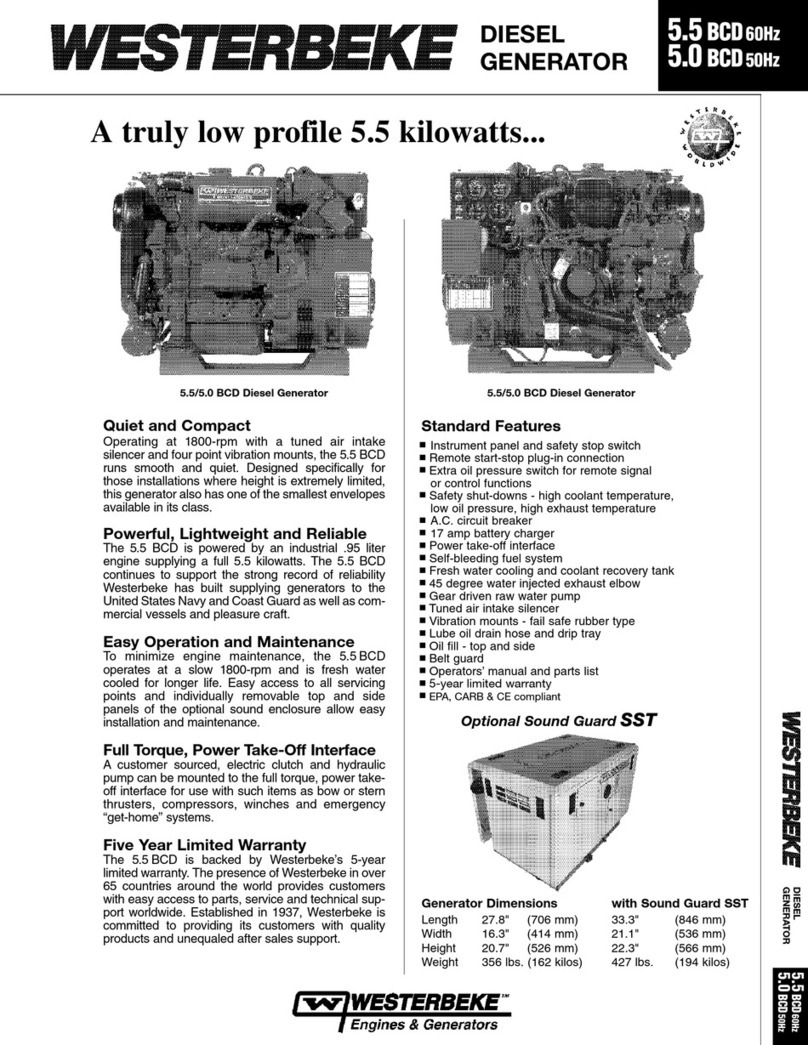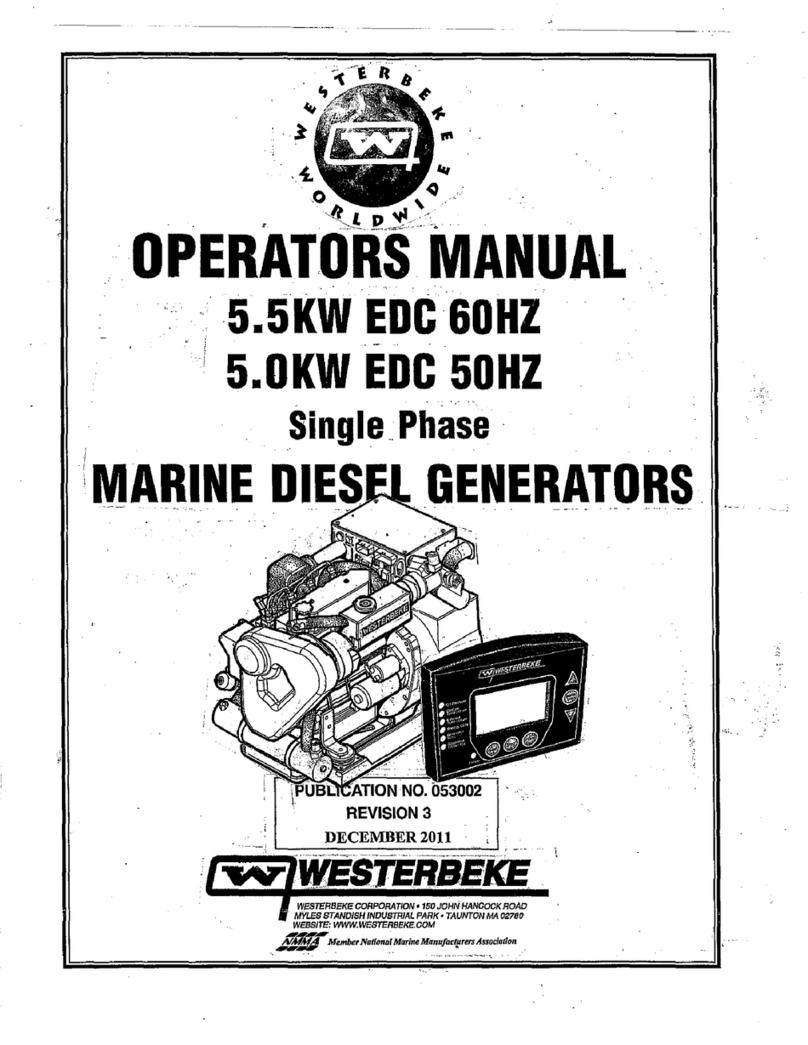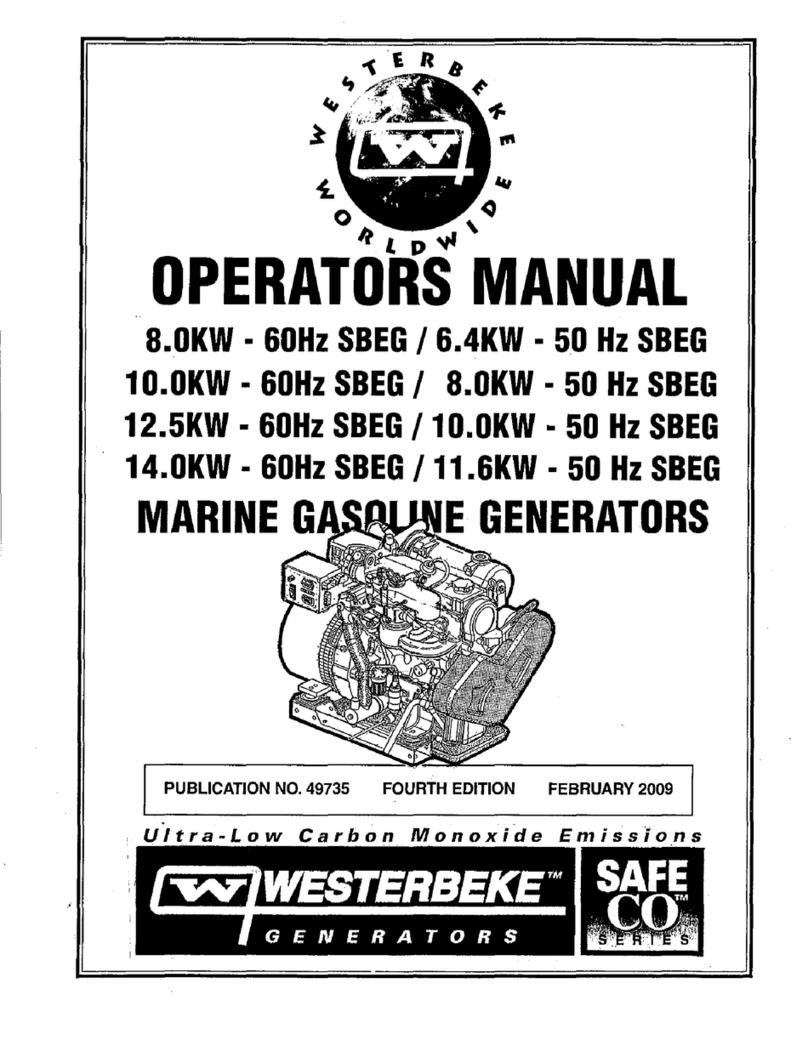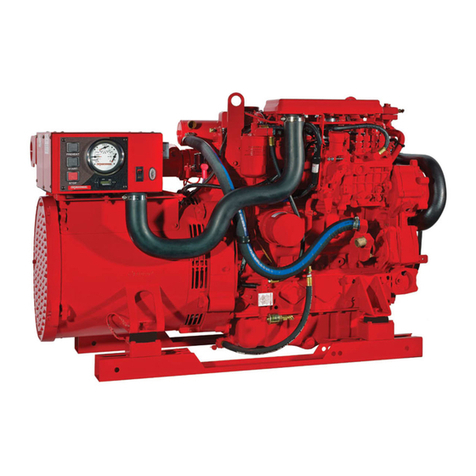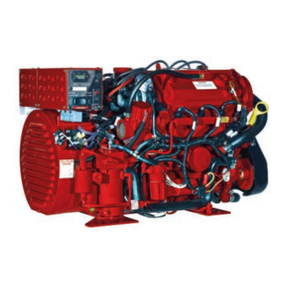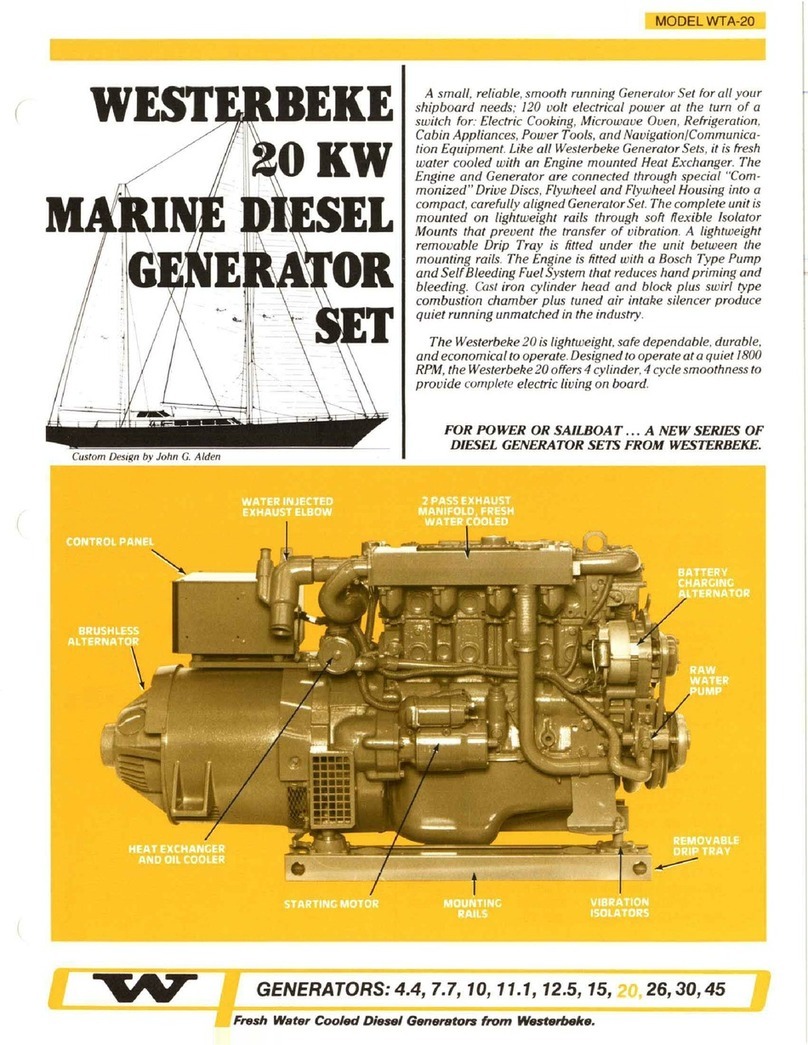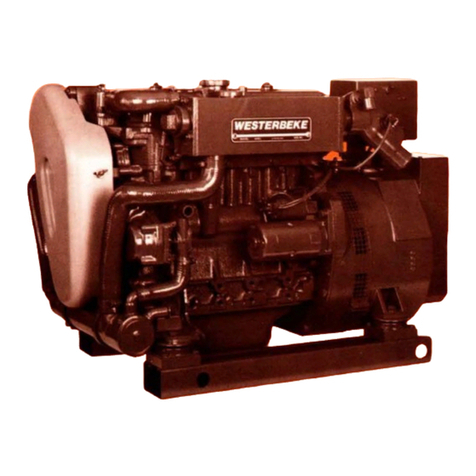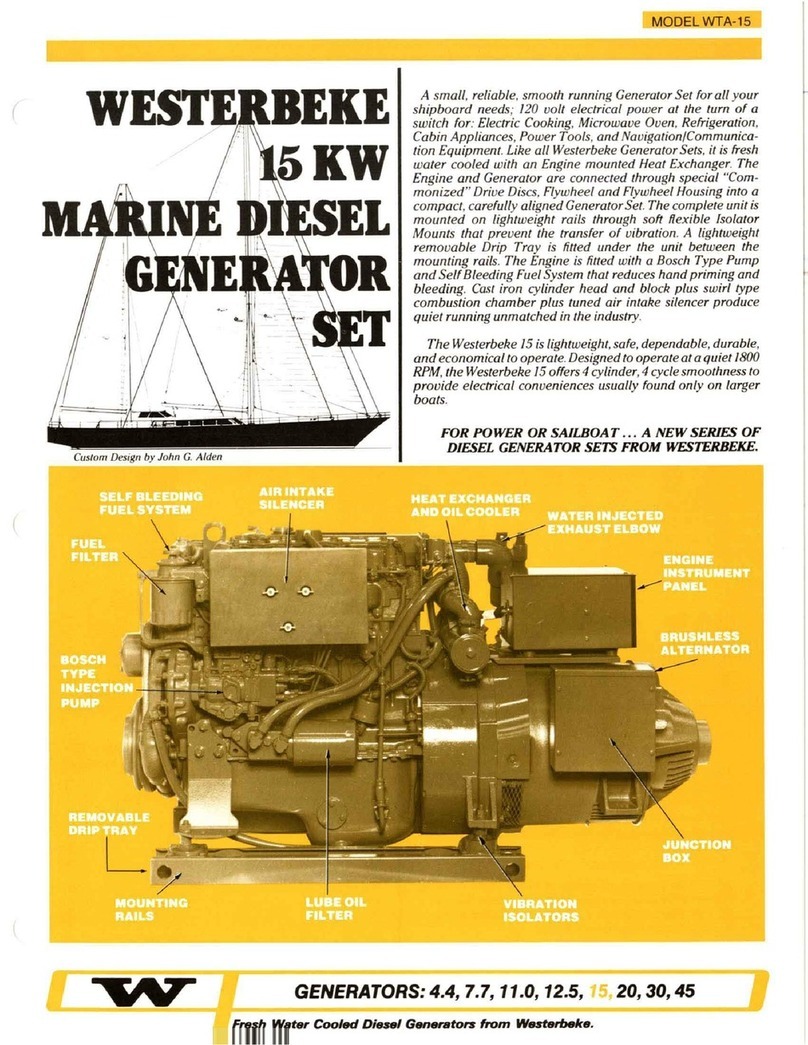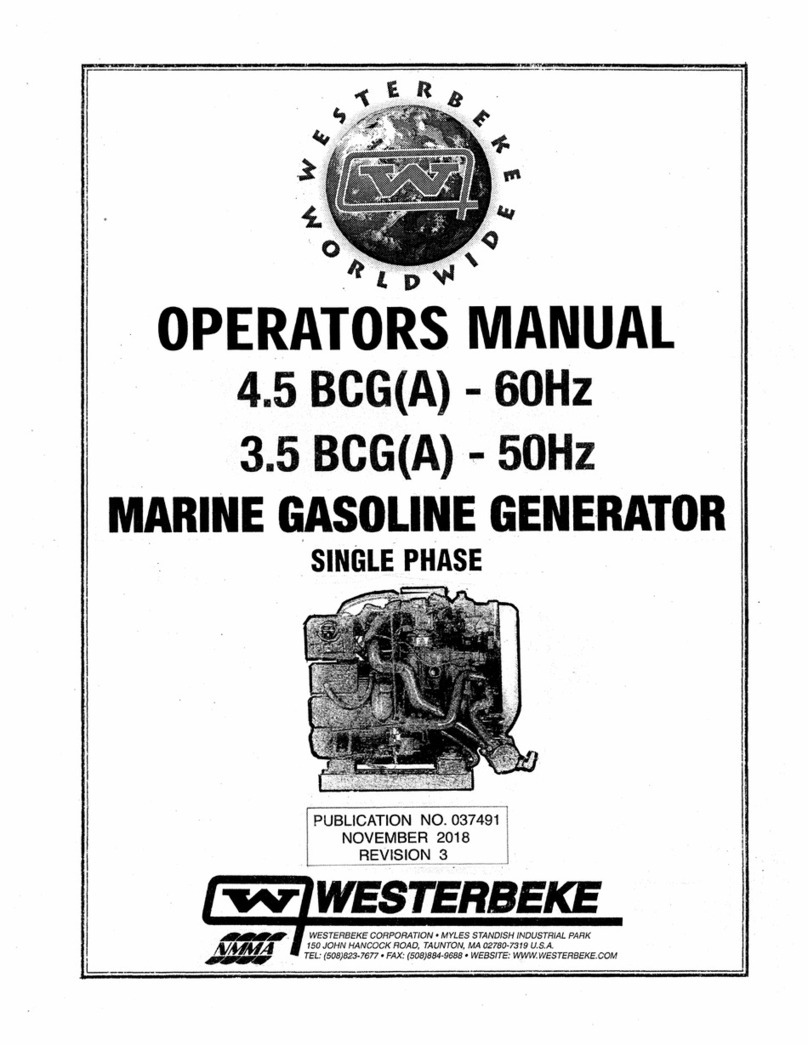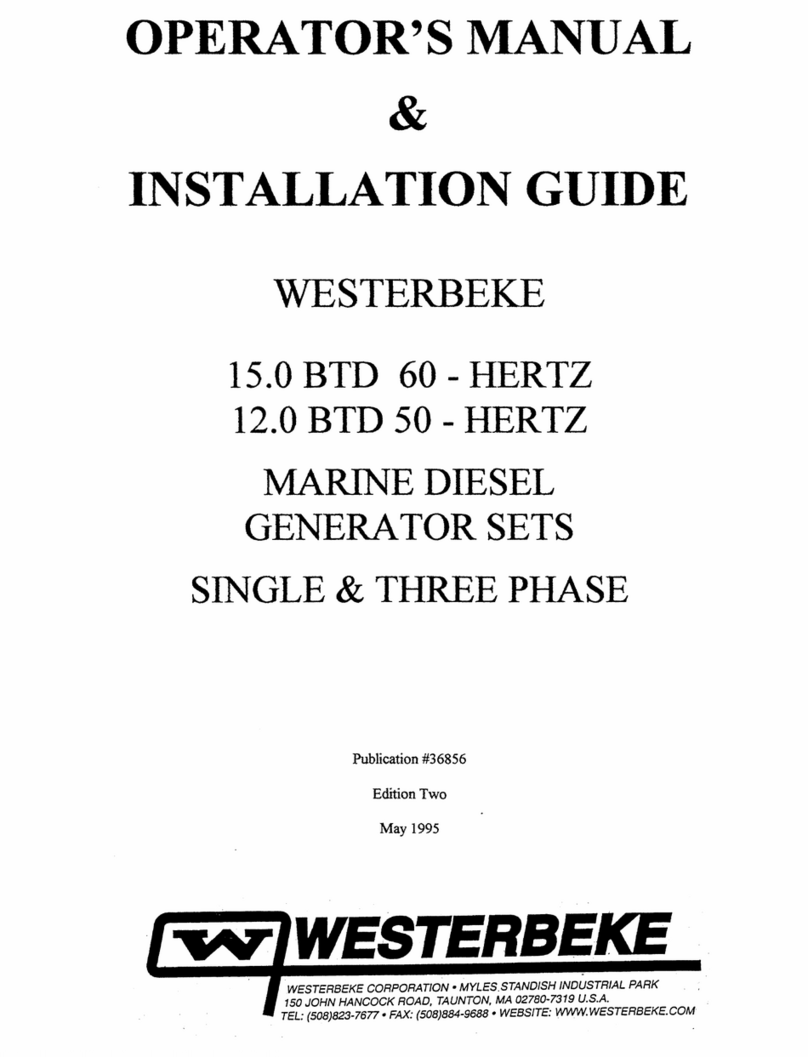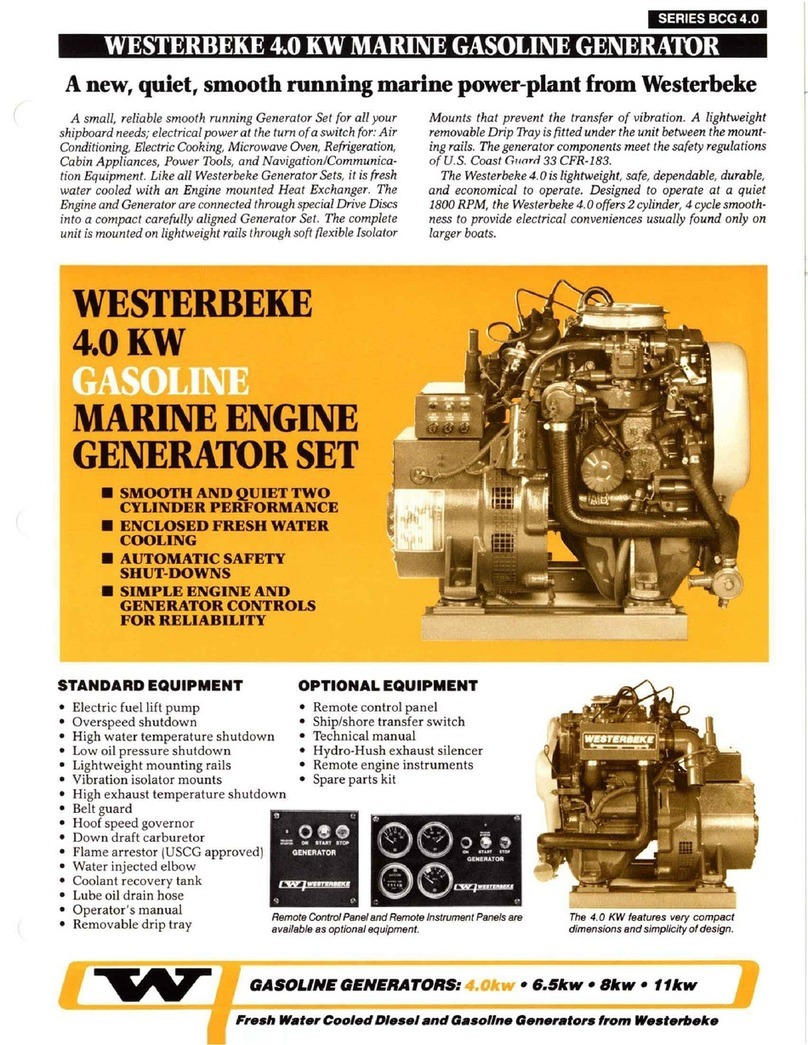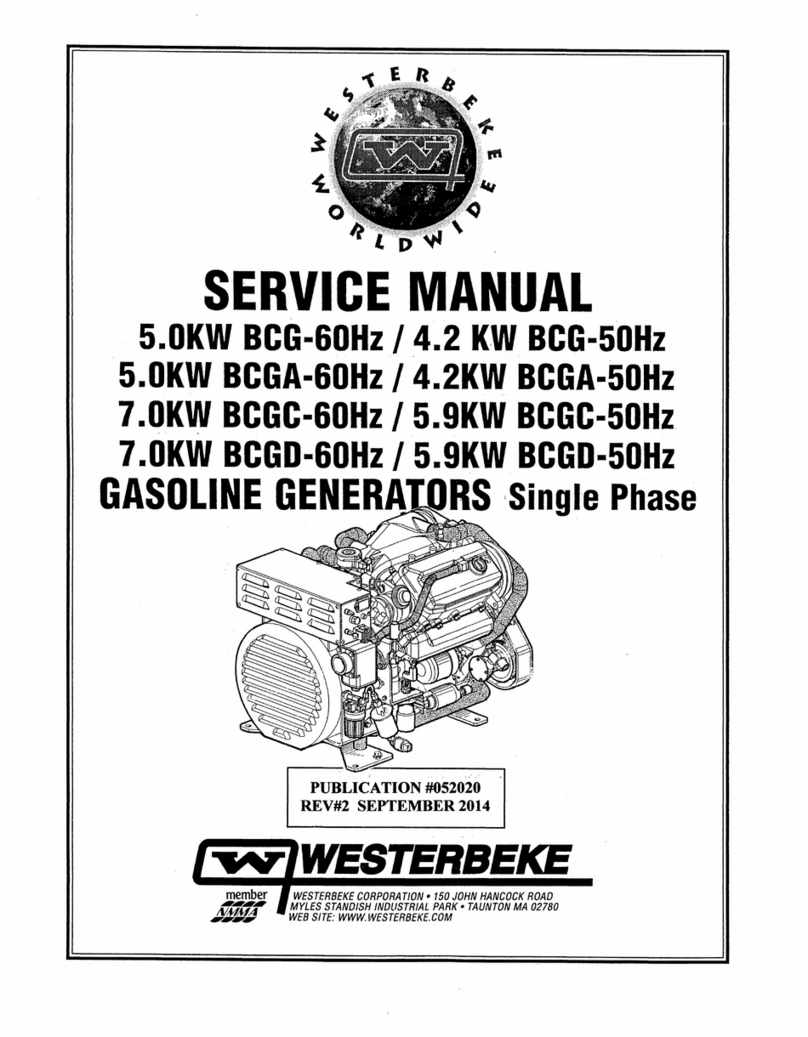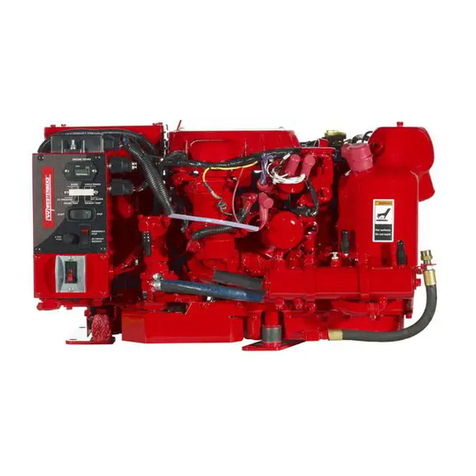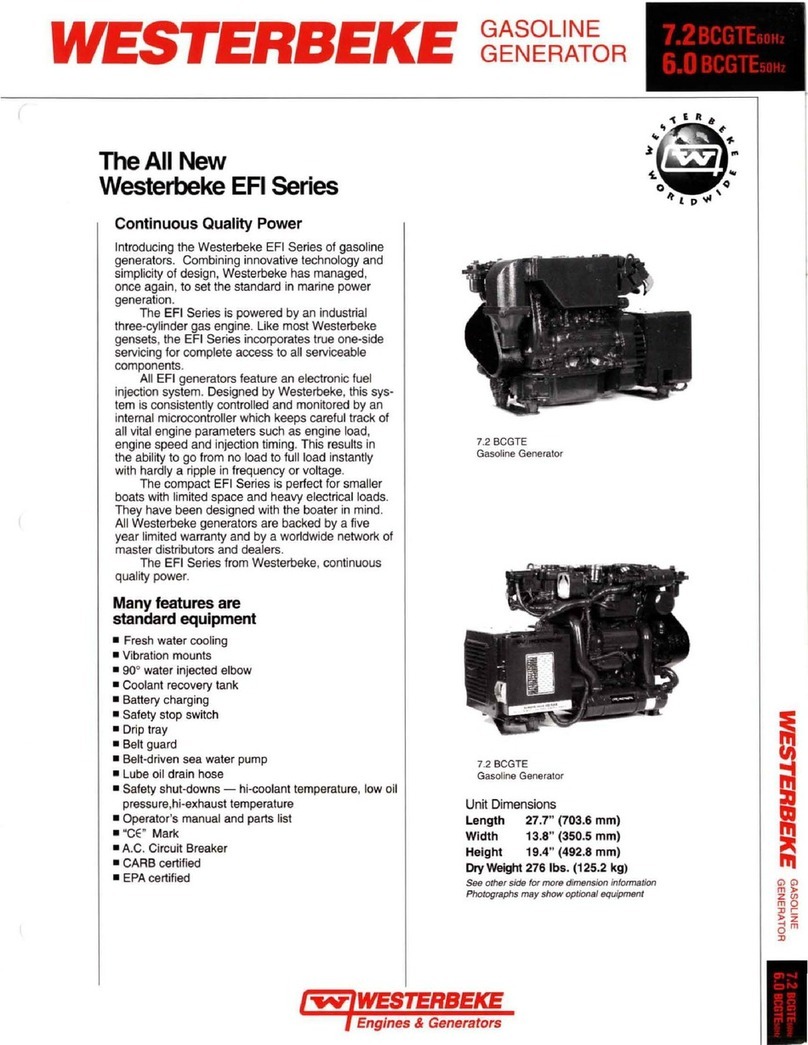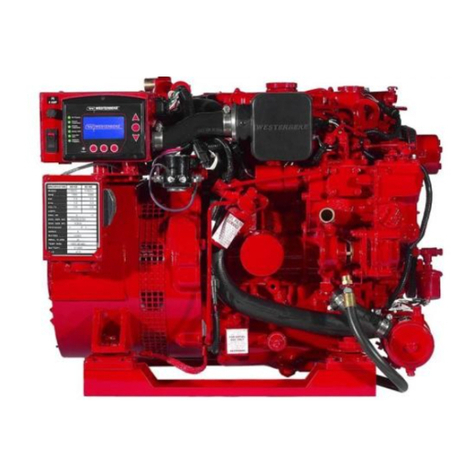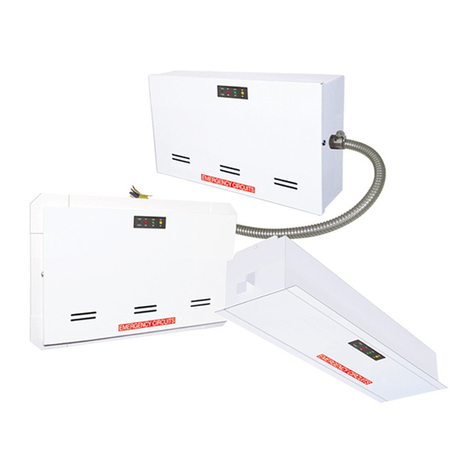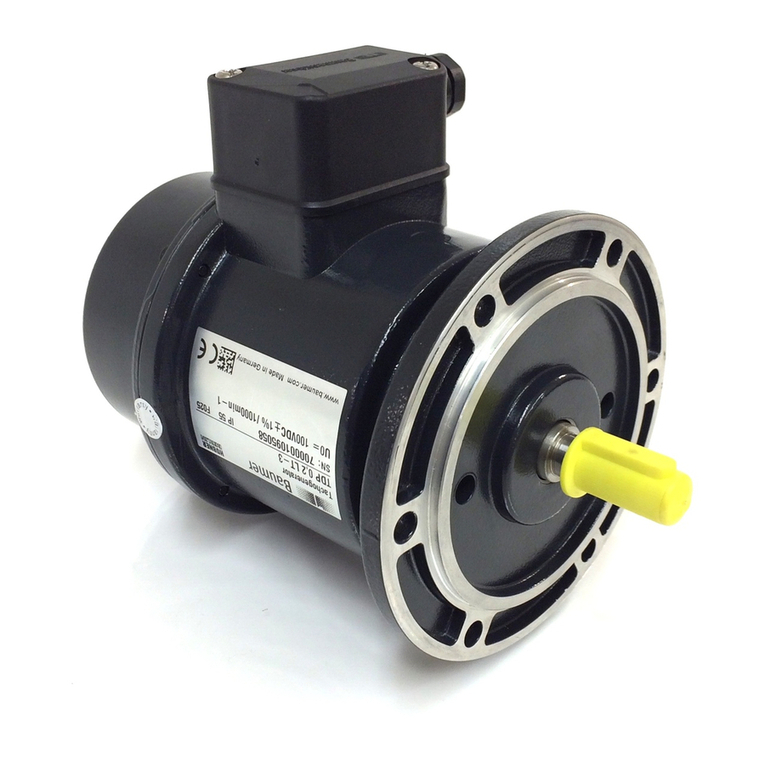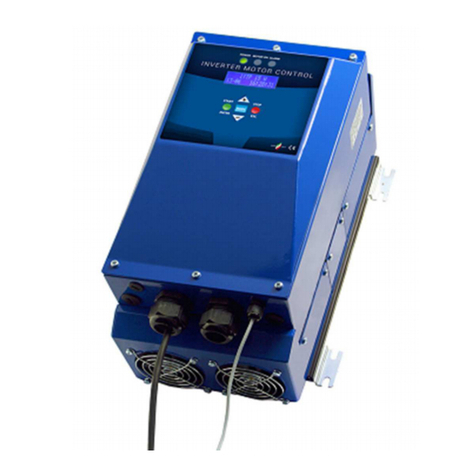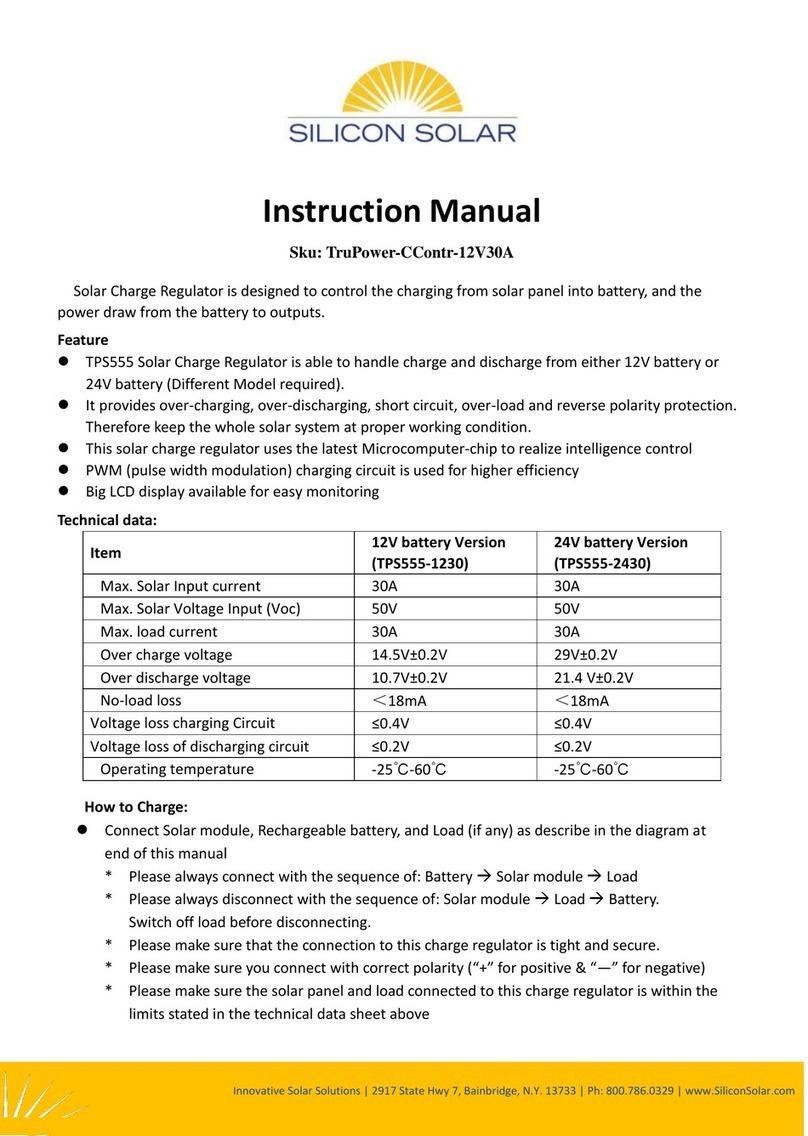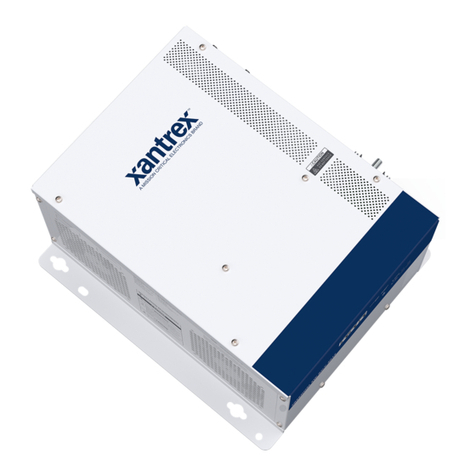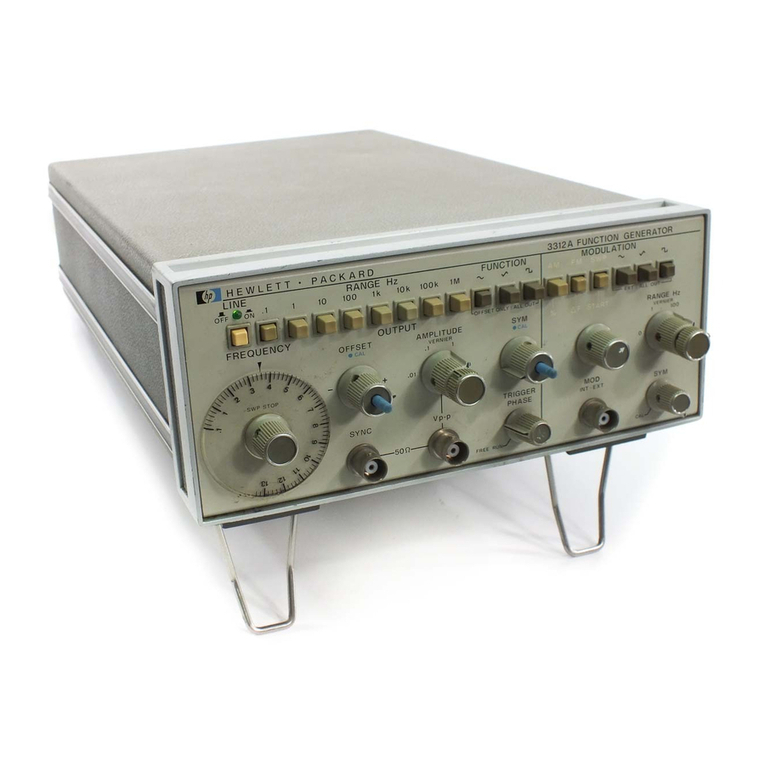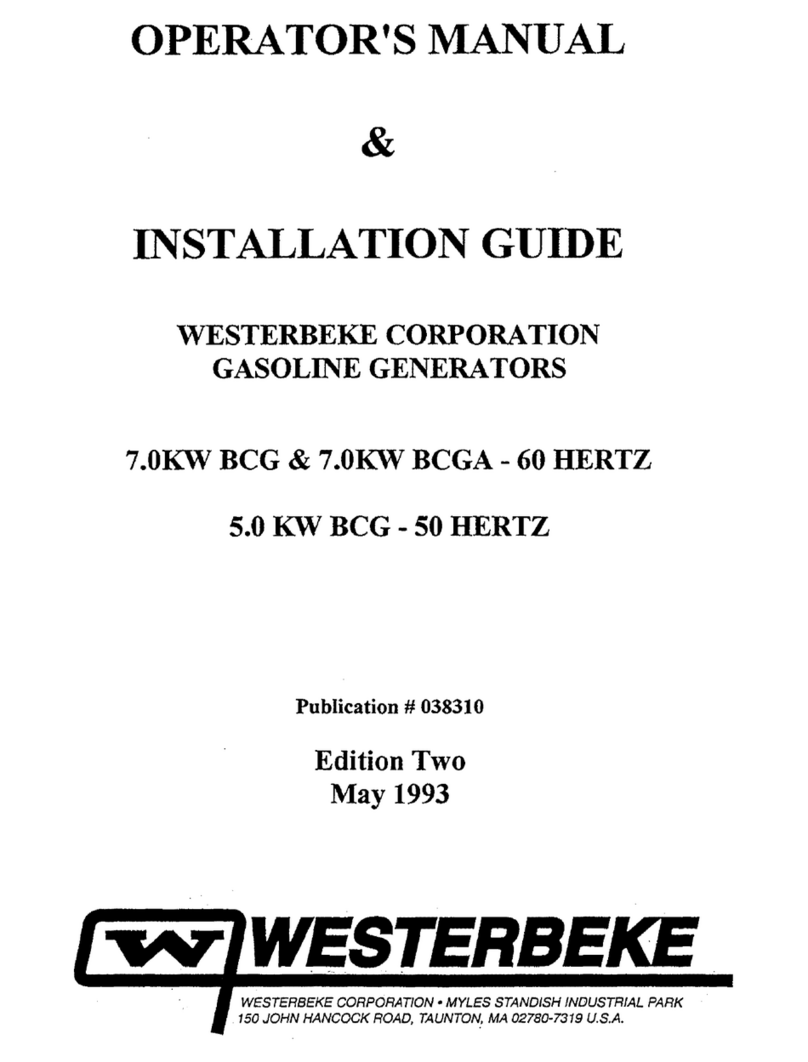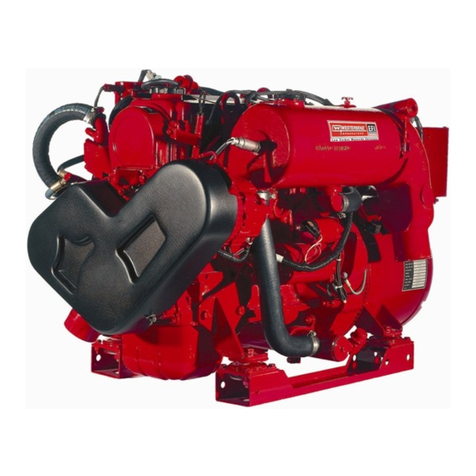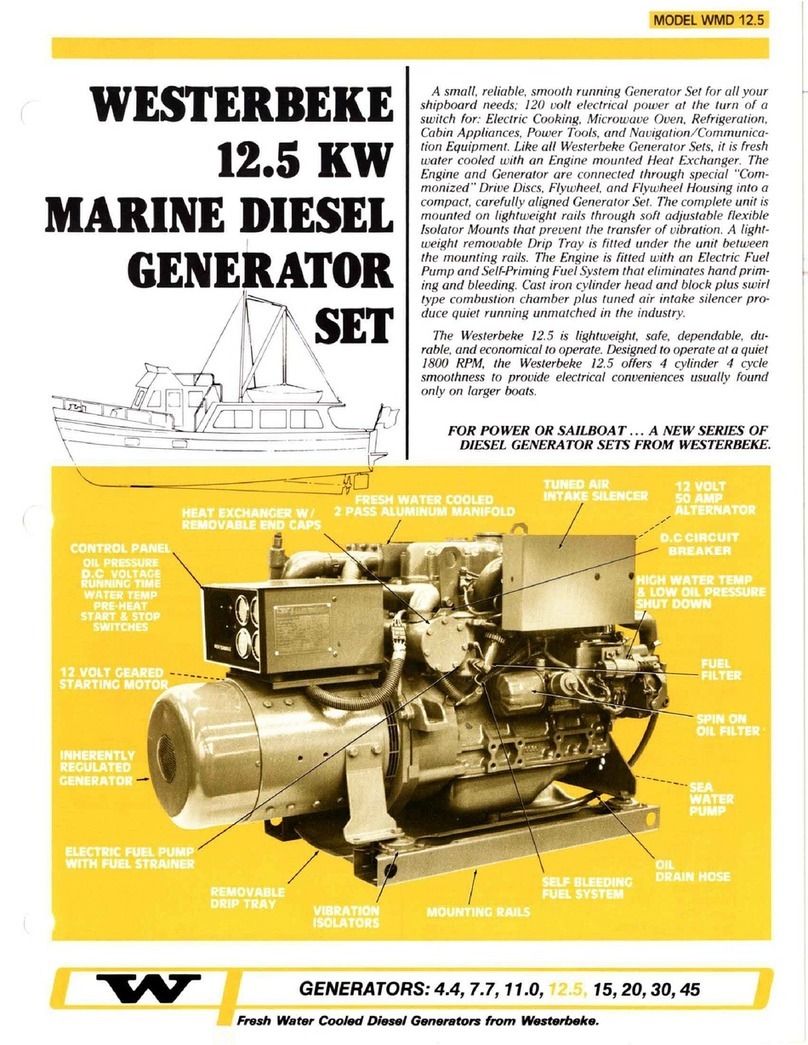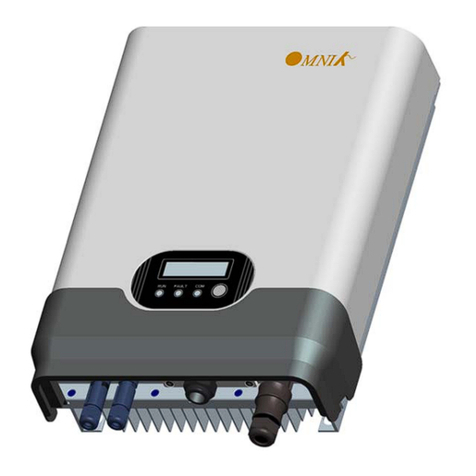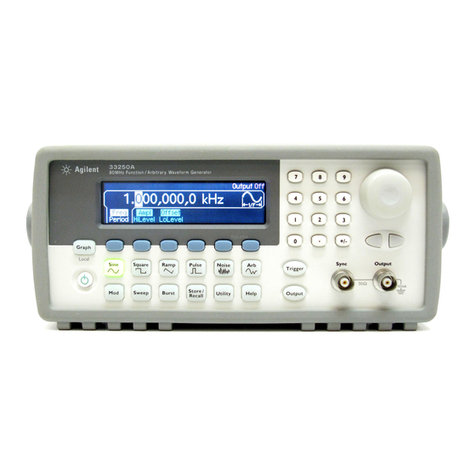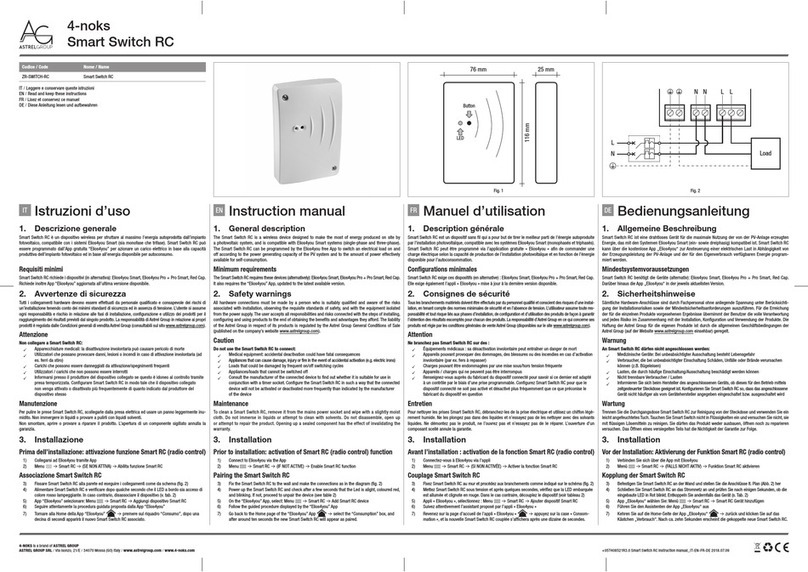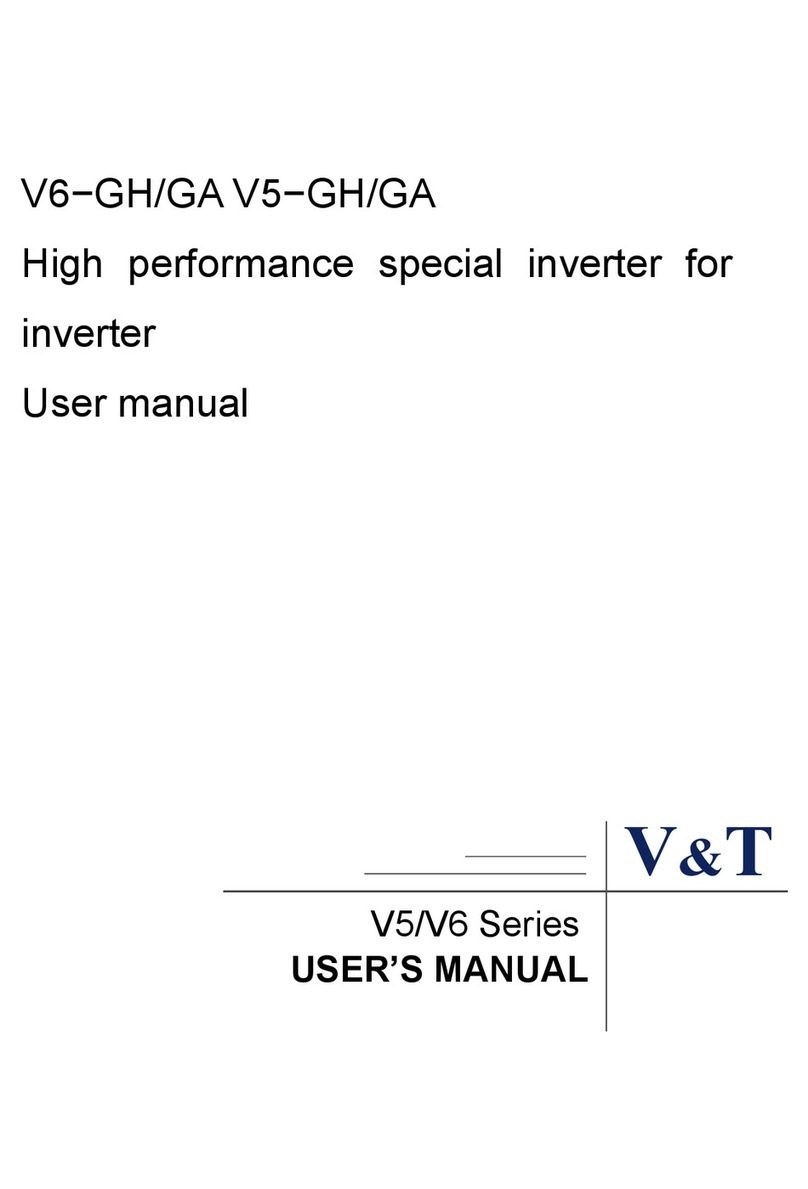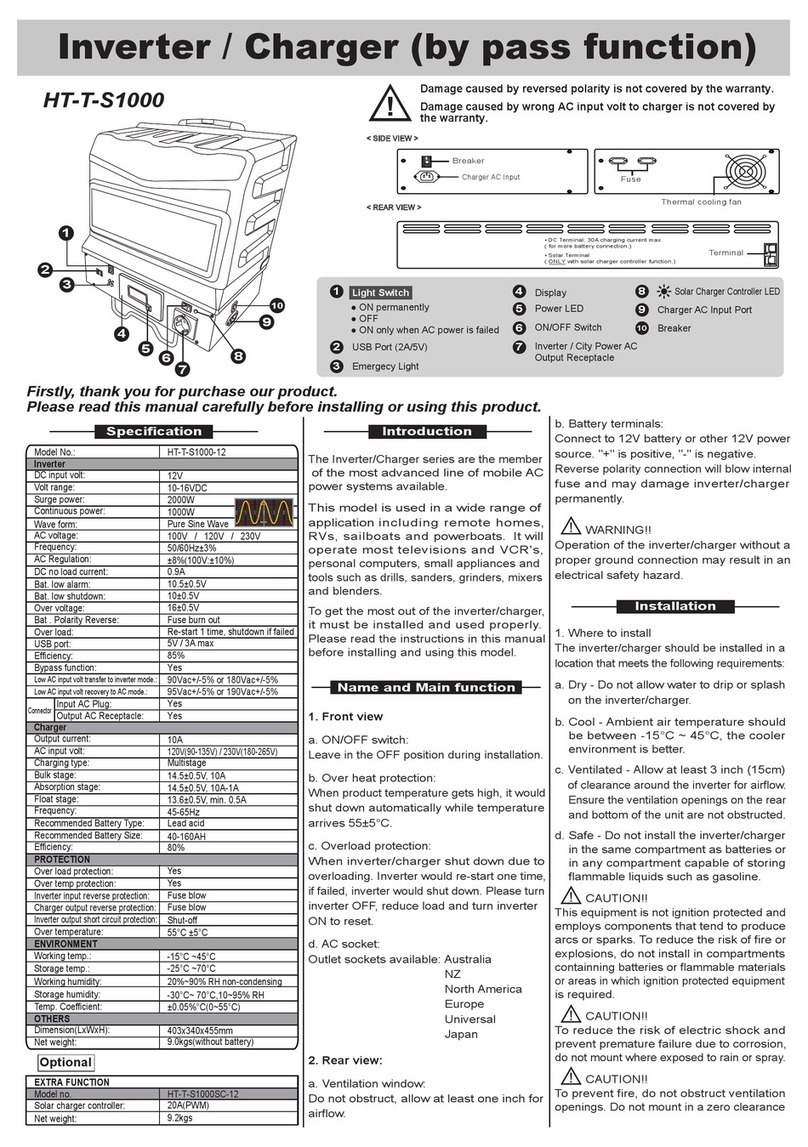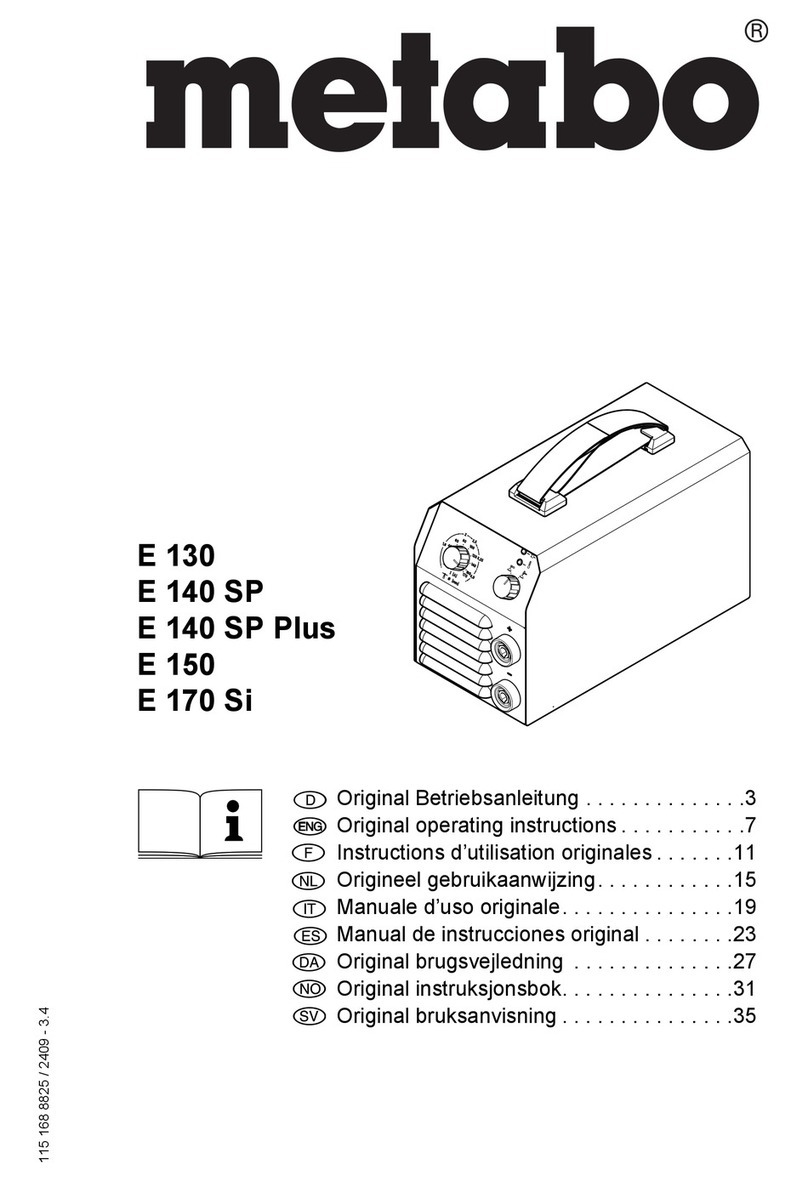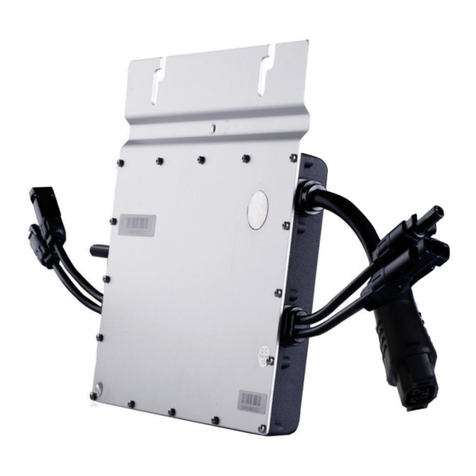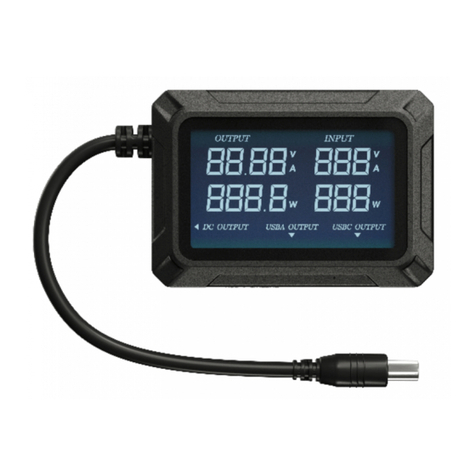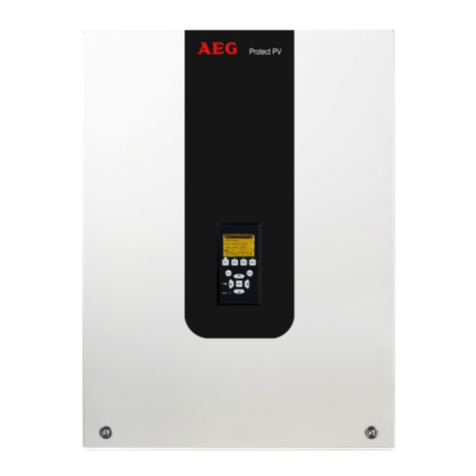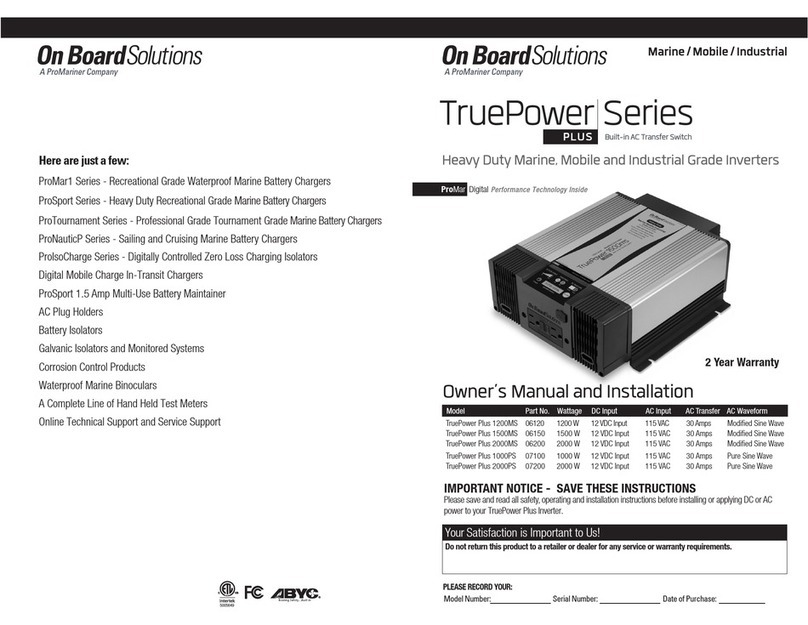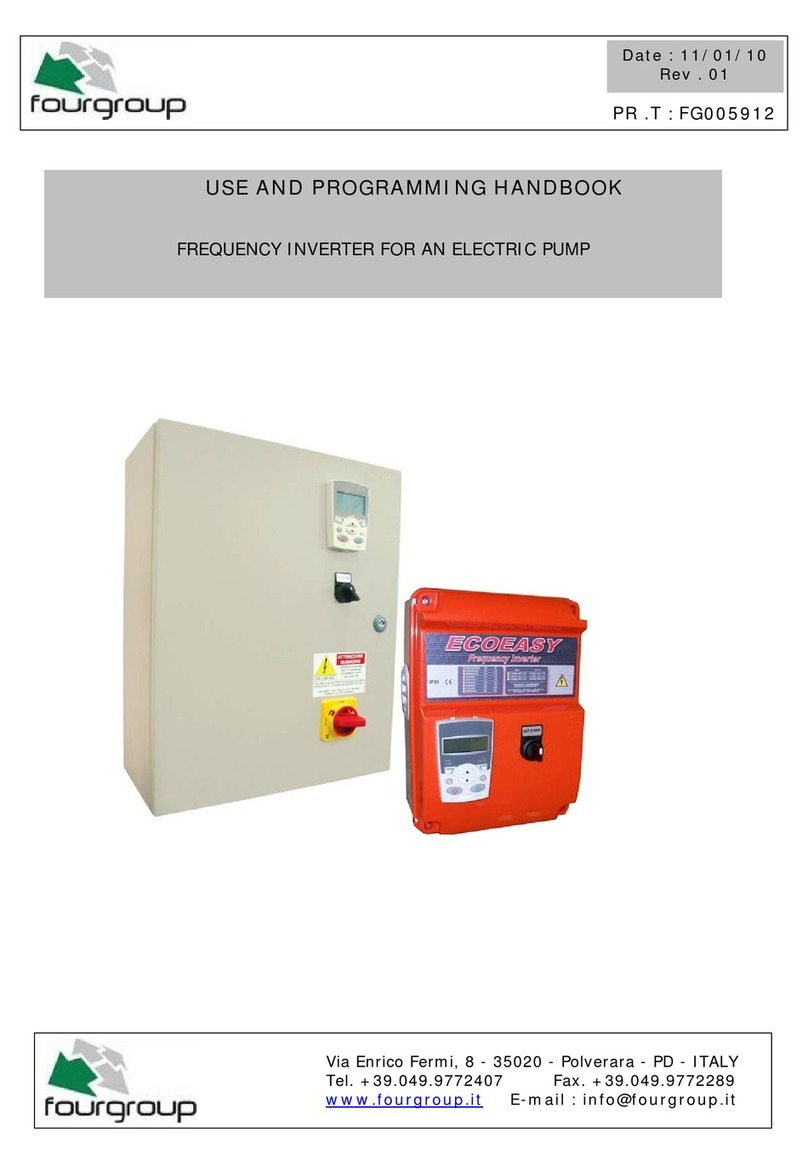
TABLE
OF
CONTENTS
Parts
Identification
................................................
2
Engine
Adjustments
.............................................
28
Introduction
.............................................................
3 Glow Plugs .....................................................
28
Diesel
Fuel,
Engine
Oil
and
Coolant..
.................
5
Preparations
for
Initial
Start-Up
..........................
6
Generator
Control
Panel
........................................
?
Operating Instructions ......................................7
Remote
Control
Panels
..........................................
8
Operating Instructions ......................................8
Safety
Shutdown
Switches
....................................
9
Generator
Break-In
Procedures
..........................
Io
Daily
Operation
...................................
:
..................
10
Maintenance
Schedule
(Chart)
...........................
11
Fuel Injectors................:.................................
28
Valve Clearance..............................................
29
Injection Timing .............................................29
Generator
Information
.........................................
30
Maintenance....................................................
30
.
BT
Generator
Description
....................................
31
Circuit Breaker...............................................
31
BTGenerator
·Single
Phase
..............................
.32
Wiring Schematic ....................
..-
....................
.32
Generator
Voltage
Adjustment
...........................
34
No-Load Adjustment.....·.................................
34
Cooling
System
.....................................................
13
Full-Load Adjustment.....................................
35
Changing Coolant...........................................
13
Thermostat......................................................14
BT
Generator
Internal
Wiring
.............................
35
Three Phase/Twelve Wire...............................
35
Raw Water Cooling ........................................14
Raw Water Pump............................................
l5
Intake Strainer ................................................
15
Heat Exchanger ..............................................
15
Zinc Anode .....................................................
16
Air Intake/Silencer..........................................
l6
Filter Cartridge ...............................................16
Fuel
System
...........................................................
17
Fuel Water Separator......................................
17
Fuel Filter .......................................................
17
BT
Generator
Internal
Wiring
.............................
35
Three Phase/Twelve Wire...............................
35
Generator
AC
Voltage
Connections
...................
36
BE
Three Phase ..............................................
36
BT
Generator
Single
Phase
.............................
:
..
.37
Troubleshooting Chart...............................,...
.37
Optional Voltage Regulator...........................
.37
Shore
Power
Transfer
Switch
..............................
38
Lay-Up
and
Recommissioning
.............................
39
Fuel Lift Pump................................................
17
Specifications
(Engine)
.....................................
.41
Engine
Lubrication
System
.................................
18
Oil Change......................................................
18
8.0
EGTD,
10.0
EGTD..................................
.42
11.5
EGTD,
11.0
EGTD...............................
..43
Oil Filter .........................................................
18
Specifications
(Engine)
........................................
~4
Oil
Pressure
...........................................................
19
12.5
EGTD,
15.0
EGTD................................
.45
Testing Oil Pressure........................................
19
Wiring
Diagram
#56225
.......................................
46
Remote
Oil
Filter
..................................................
20
Wiring
Schematic
#56225
..................................
.47
DC
Electrical
System
...........................................
21
Wiring
Diagram
#56321
......................................
.48
Alternator........................................................
21
Remote Start/Stop Panel.................................48
Alternator Troubleshooting ............................
21
Battery Care....................................................
22
Starter
Motor
........................................................
23
Troubleshooting..............................................24
Engine
Troubleshooting
.......................................
25
LED/Shutdown
(Chart)
...................................
25
Water
Heater
(Optional)
......................................
.49
Power
Take-Off
(Optional)
...................................
50
Raw
Water
Discharge
Hose
................................
.51
Engine
Torque
Specifications
.............................
52
Suggested
Spare
Parts
........................................
52
Engine
Troubleshooting
(Chart)
..........................
26
Water and Oil Pressure Gauges .....................
27
Engines & Generators
1
